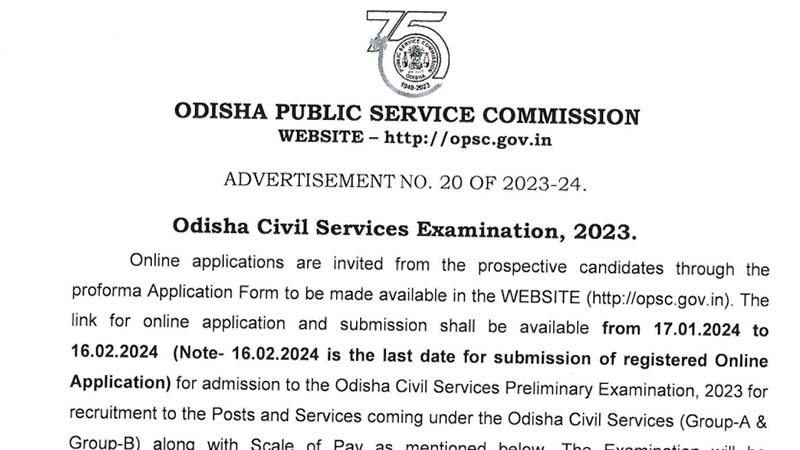Paper-I – Accounting & Finance
Part I – Accounting, Taxation & Auditing
Unit – I – Financial Accounting
Accounting as a financial information system; Impact of behavioural sciences. Accounting Standards e.g., Accounting for Depreciation, Inventories, Gratuity, Research and Development Costs, Construction Contracts, Revenue Recognition, Fixed Assets, Contingencies, Foreign Exchange Transactions, Investments and Government Grants. Problems of Company Accounts relating to Amalgamation, Absorption and Reconstruction of companies and Valuation of Shares and Goodwill.
Unit – II – Cost Accounting
Nature and Functions of Cost Accounting. Job Costing. Process Costing. Marginal Costing; Techniques of segregating semi-variable costs into fixed and variable costs.
Cost-volume-profit relationship; Aid to decision making including pricing decisions, shutdown etc.
Techniques of Cost Control and Cost Reduction :Budgetary control, Flexible Budgets. Standard Costing and Variance Analysis, Responsibility Accounting, Investment, Profit and Cost centres.
Unit – III – Taxation
Definitions. Basis of Charge. Incomes which do not form part of Total Income. Simple problems of Computation of income under various heads, i.e., Salaries, Income from House Property, Profits and Gains from Business or Profession, Capital Gains, Income of Other persons included in Assessee’s Total Income. Aggregation of income and Set off/Carry Forward of Loss. Deductions to be made in Computing Total Income.
Unit – IV – Auditing
Audit of Cash Transactions, Expenses, Incomes, Purchases and Sales. Valuation and Verification of Assets with special reference to Fixed Assets, Stocks and Debts. Verification of Liabilities. Audit of limited companies; Appointment, Removal, Powers, Duties and Liabilities of Company Auditor, Significance of ‘true and fair’, MAOCARO report (Manufacturing and Other Companies Audit Report Orders). Auditor’s report and qualifications therein. Special points in the audit of different organisations like Clubs, Hospitals, Colleges, and Charitable Societies.
Part-II – Business Finance and Financial Institutions.
Unit – V – Financial Analysis and Management of working capital.
Finance Function-Nature, Scope and Objectives of Financial Management-Risk and Return relationship. Financial Analysis as a Diagnostic Tool. Management of Working Capital and its Components-Forecasting Working Capital needs, Inventory, Debtors, Cash and Credit Management.
Unit – VI – Investment Decisions and Cost of Capital.
Investment Decisions-Nature and Scope of Capital Budgeting-Various types of decisions including Make or Buy and Lease or Buy. Techniques of Appraisal and their applications.
Consideration of Risk and Uncertainty, Analysis of Non-financial Aspects. Rate of Return on Investments-Required Rate of Return-its measurement- Cost of Capital-Weighted Average Cost-Different Weights.
Unit – VII – Capital Structure and Valuation of Firms and Securities.
Capital Structure-Leverages-Significance of Leverages-Theories of Capital Structure with special reference to Modigliani and Miller Approach. Planning the Capital Structure of a Company; EBIT-EPS Analysis, Cash-flow ability to service debt, Capital Structure Ratios, Other methods.
Concepts of Valuation-Valuation of firm’s Fixed Income Securities and Common Stocks.
Dividend and Retention Policy-Residual Theory of Dividend Policy. Other Models-Actual Practices.
Unit – VIII – Raising of Finance and Financial Markets.
Raising finance-short term and long term. Bank finance-norms and conditions. Financial Distress-Approaching BIFR under Sick Industrial Undertakings Act : Concept of Sickness, Potential Sickness, Cash Loss, Erosion of Net worth. Money Markets-the purpose of Money Markets, Money Market in IndiaOrganization and working of Capital markets in India. Organization, Structure and Role of Financial Institutions in India. Banks and Investing InstitutionsNational and International Financial Institutions-their norms and types of financial assistance. Inter-bank lending-its regulation, supervision and control. System of Consortium Finance -Supervision and regulation of Banks. Monetary and Credit policy of Reserve Bank of India.
Paper-II – Organisation Theory and Industrial Relations
Part-I – Organisation Theory
Unit – I – Nature and Concept of Organisation.
Organisation goals; Primary and Secondary goals, Single and Multiple goals, End-means chain-Displacement, succession, expansion and multiplication of goals. Formal organisation; Type, Structure-Line and Staff, Functional Matrix, Informal Organisation-functions and limitations.
Unit – II – Organisation Theory.
Evolution of Organisation theory; Classical, Neo-classical and System approach- Bureaucracy; Nature and basis of power, Sources of Power, Power Structure and Politics.
Unit – III – Organisation Behaviour.
Organizational behavior as a dynamic system: Technical, Social and Power systems-interrelations and interactions-Perception-Status system. Theoretical and Empirical foundation of theories and Models of Motivation. Morale and Productivity. Leadership : Theories and Styles.
Unit – IV – Conflict Management.
Management of Conflicts in Organisation-Transactional Analysis. Significance of Culture to Organisations. Limits of Rationality- Organisational Change, Adaptation, Growth and Development. Professional Management Vs. Family Management, Organisational Control and Effectiveness.
Part-II – Industrial Relations.
Unit – V- Concept of Industrial Relations.
Nature and Scope of Industrial Relations, the Socio-Economic set-up, Need for positive approach – Industrial Relation in India. Workers’ Participation in Management; Philosophy, Rationale, Present day state of affairs and Future prospects.
Unit – VI – Manpower Planning.
Role of Personnel Department in Recruitment, Selection, Training and Development, Performance Appraisal.
Unit – VII – Absenteeism and Labour Turnover.
Meaning of absenteeism and Causes of absenteeism in Indian Industries, Labour Turnover – Concept, Causes and Costs, Methods of controlling Labour Turnover.
Unit – VIII – Salary and Wage Administration.
Determination of Wage Policy, Methods of Remuneration, Methods of Incentives schemes, Bonus, wage differentials, Employee Stock Option Schemes,(ESOPs), Sweat Equity, Essential features of a good Remuneration and Incentive Scheme.
